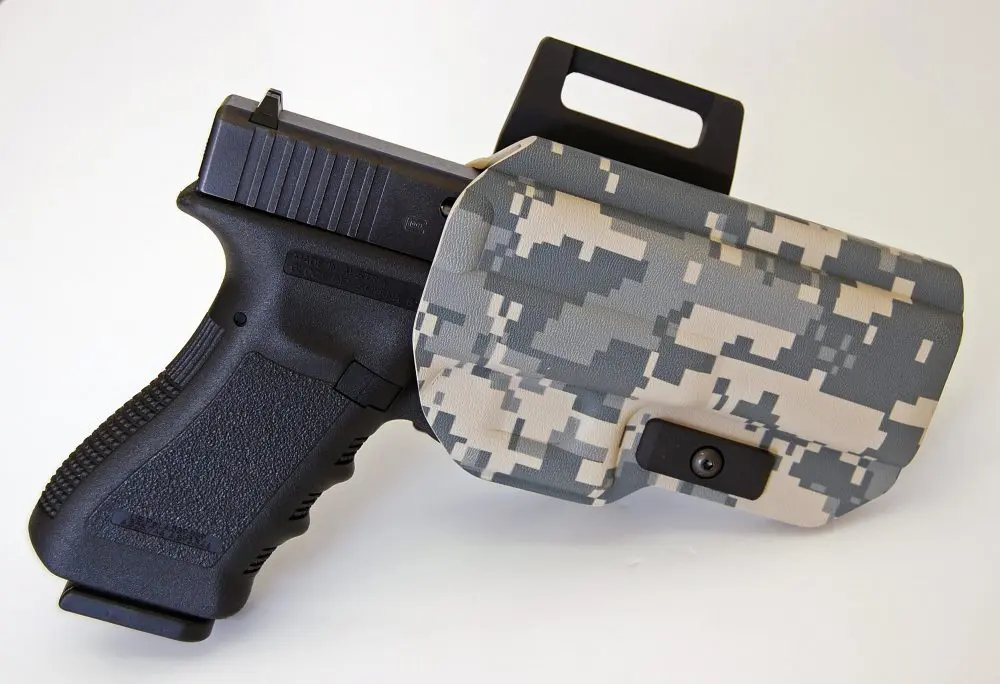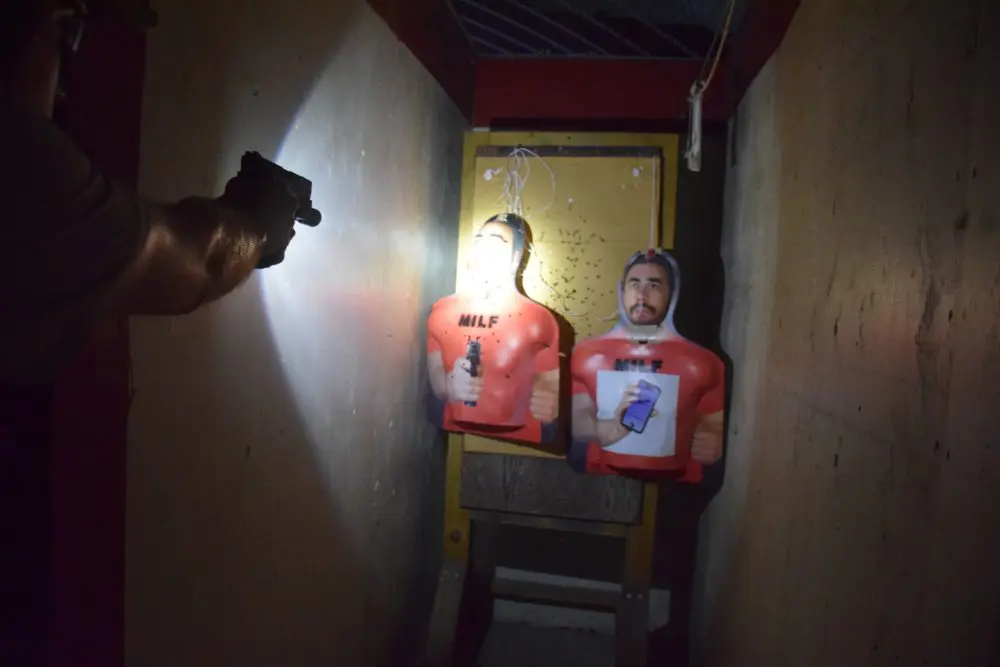Most school attendees have an innate dislike of mathematics.
Unless looking toward a future vocation directly involving the applied use of math, the majority of pupils usually voice sentiments along the lines of, “When am I ever going to use this garbage when I become the World Skateboard Champion?”
Then years later, you realize retrospectively that you subconsciously use mathematics—especially geometry—every day of your life. All based on the same “stupid garbage” that was crammed down your esophagus in high school. Estimating passing distances while driving, or when the 40-foot-tree crunches ten feet of your house roof because you failed to correctly measure the 30-foot intervening space while testing that neato new Horsepower from Hell chain saw, or when trying to outrun a tornado because you figure your self-invented Pythagass Theorem gives better odds than picking a trifecta at a race track.
But they all come back to the same root: basic math, be it algebra, geometry or trigonometry. However, one of the fields of operations where math is either overlooked or, indeed, not even taken into consideration, is that of gunfighting—where trigonometry meets triggernometry.
When faced with the prospect of dealing with a single adversary and a clear backstop, all you have to consider is marksmanship and time frames. Even if you drop to a lowered firing position to change the angle of projectile insertion, or sidestep to avoid physical contact, as long as the background is safe, you’re clear to fire. Especially when the enemy is at a distance, the only math that enters the equation—no pun intended—is that of exterior ballistics calculus.
Once you are faced with either a single- or multiple-adversary close-quarters encounter, however, the subconscious geometry slide-rule has to be taken into consideration—especially in a “conventional” urban or domestic conflict. In this situation, there is often a potentially unsafe, ever-changing background and/or foreground, dependant on the dynamics of the fight.
Why is reading the foreground and backstop more difficult at close quarters than at distance? Because of the usually fast-changing geometrics of the Battle Triangle. (If you’ve never heard the term Battle Triangle, don’t worry about it—it’s a cutesy term I just invented about two minutes ago.) This term is intended to describe you—the lone gunslinger—positioned at the apex of any one corner of a triangulated battlefield at any given time during the conflict, while your enemy or enemies are positioned at the other two corners. This will continually vary depending on your and his/their foot movement and/or specific location relevant to each other at a specific time.
But before delving any deeper into the problem, two things need to be stated: (1) You have to avoid contracting the dreaded bug Whatifitis, which consists of over-thinking the problem along the lines of “What if this, What if that, What if the next thing?” Over-analyzing can get you killed. And (2) Maybe you should have paid more attention in math class instead of surreptitiously launching spitballs and furtively inserting gobs of bubblegum into Melissa’s ponytail—because those activities sure aren’t going to help you stay alive now either.
So it’s back to the drawing board and the deadly problem at hand.
Starting from the top: If you conduct your range practice solely on a single static target, and don’t introduce lateral foot-stepping into your training regimen, you will never encounter the bystander problem until it’s for real. This, obviously, because range safety being paramount, the stationary targets will be conveniently placed where the bullet will terminate in a safe resting place if it penetrates the target. What this activity—if it is diligently practiced—will achieve at best is that you will become a proficient shooter and weapon manipulator. Even if multiple static targets are used with a stationary shooter, you end up with the same net result—no more, no less. It doesn’t make you a fighter, because the scenario is static and the course of fire is known in advance.
And if—for real—you’re “lucky” enough to be attacked at close quarters and can dispatch him without side-stepping and/or through-and-through projectile overpenetration or deflection into an innocent bystander, obviously you don’t need Pythagoras on that given day.
But on a regular basis, multiple rounds go astray in close-quarters gunfights, some hitting unintended targets. And one of the primary reasons is not taking angles into consideration—both those of bullet insertion into a moving, three-dimensional target, and also of not taking into account that laterally stepping away from a close attacker inversely proportionately widens the background.
In other words, if you were to take three lateral steps off a ten-yard target, the overall surrounding geography wouldn’t much change. A tri-lateral step off a ten-foot target, on the other hand, can open up an immense potentially unsafe background half-a-mile behind the target in an urban setting.
And the close attackers are the ones from whom you need to step away (unless you choose to advance and close the distance). Nobody can make a shot when visually reacting to a fast-advancing target rushing in from ten feet away. You’ll be lucky to clear leather if you don’t move your hind paws.
Scenario: You’re unexpectedly set upon by a charging knife-wielding thug at an Automatic Teller Machine. Quickly side-stepping, you draw your pistol and launch lead at your attacker. He goes down, and you breathe a sigh of relief that you escaped his windmill-like blade. But then you happen to notice a crowd gathering around a prostrate school kid 200 yards down the street.
Congratulations. You can warble all the “judged by twelve, carried by six” clichés you want—you’re now legal toast. No, life’s not fair, but neither was Melissa’s ponytail. And no, there’s no perfect answer.
But you might, in your training, want to start implementing the use of lateral footwork, moving three-dimensional targets (both hostile and innocents), and start brushing up on your multi-visual plane observational powers (such as you employ during a high-speed pursuit).
You definitely don’t want to contract a case of Whatifitis, and you can’t ever foretell the result of a gunfight, but a couple of hours going over some basic geometry can’t hurt the cause either.
As the buxom young lady who’d obviously been hired solely for her physical attributes recently told an acquaintance, “This isn’t rocket surgery, you know.”
[Louis Awerbuck is director of the internationally acclaimed Yavapai Firearms Academy. Course information and schedules are available at their website at www.yfainc.com]






